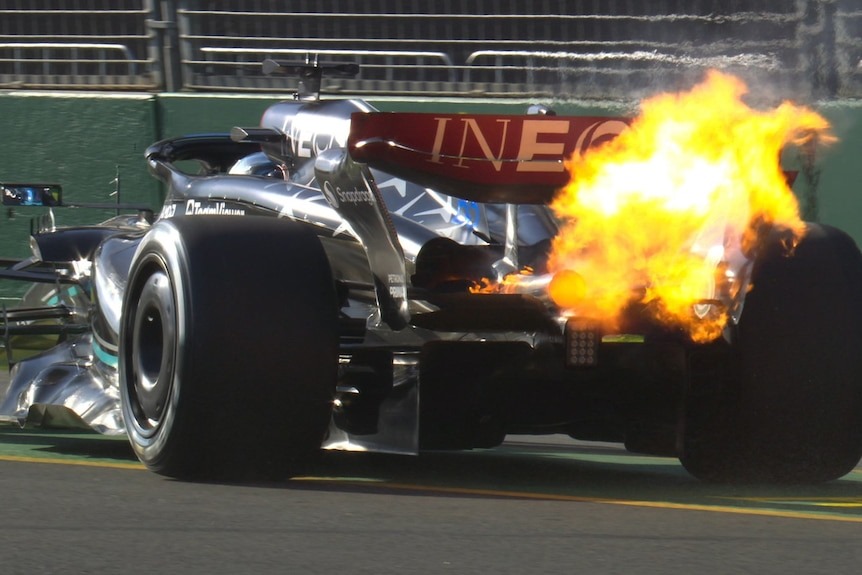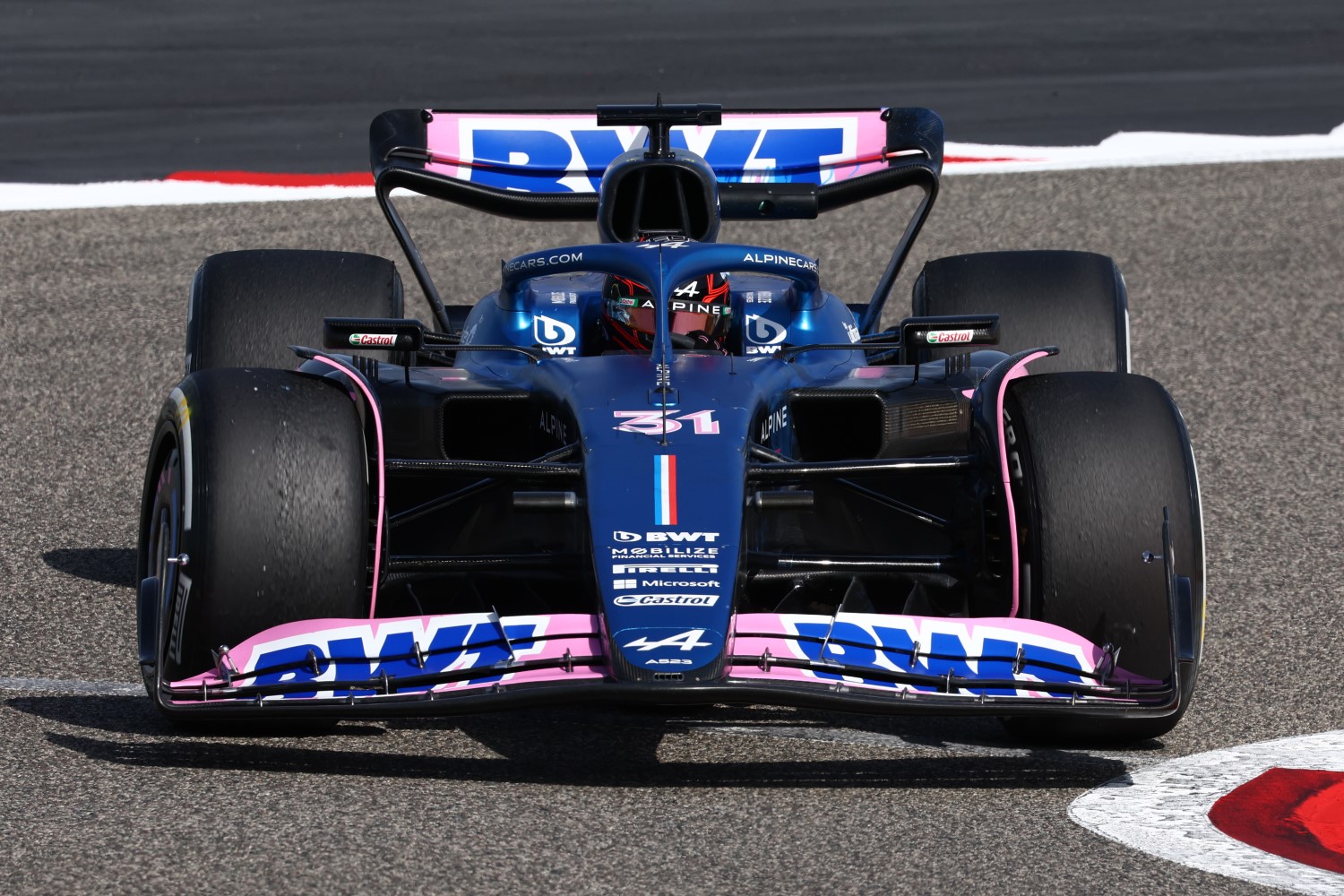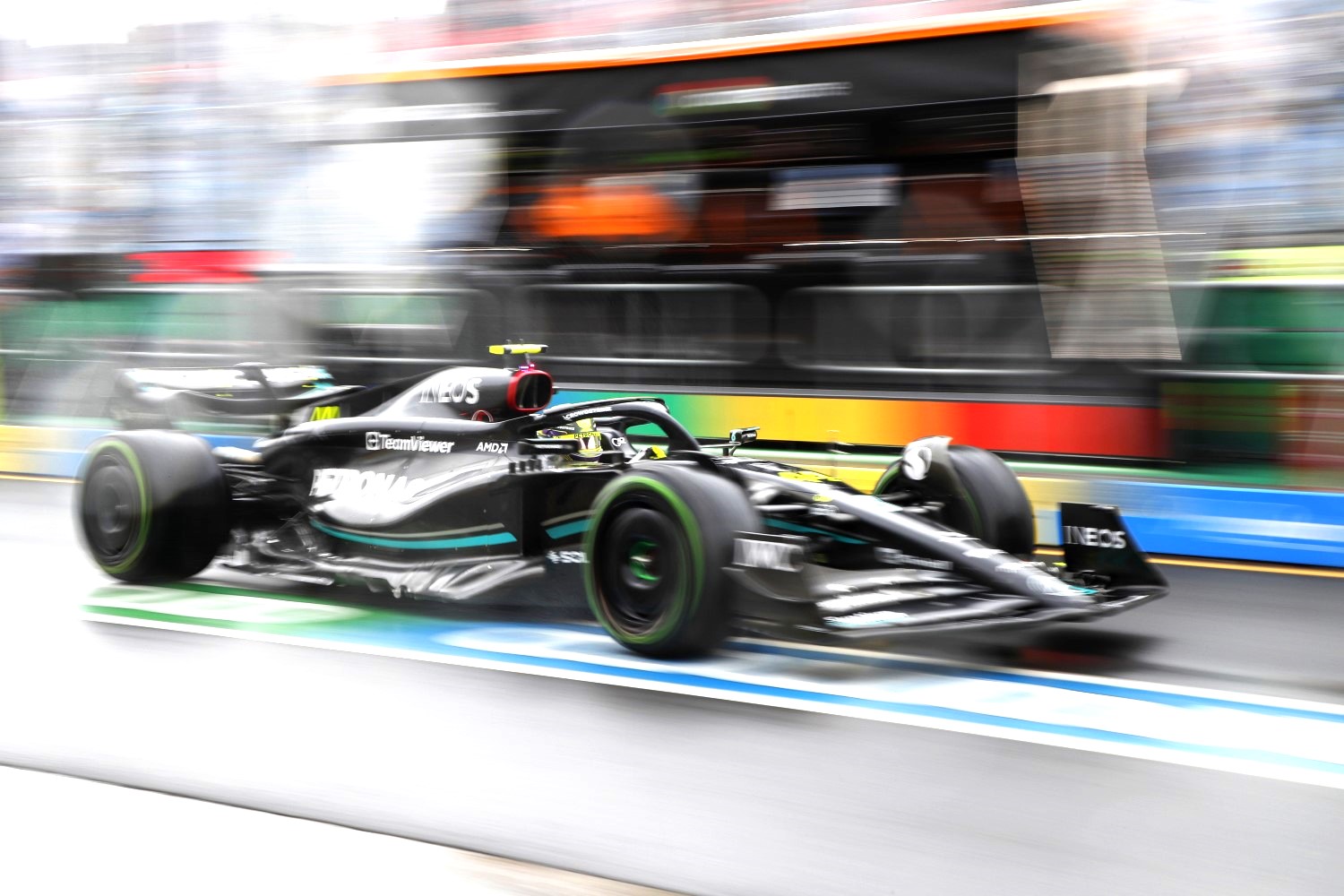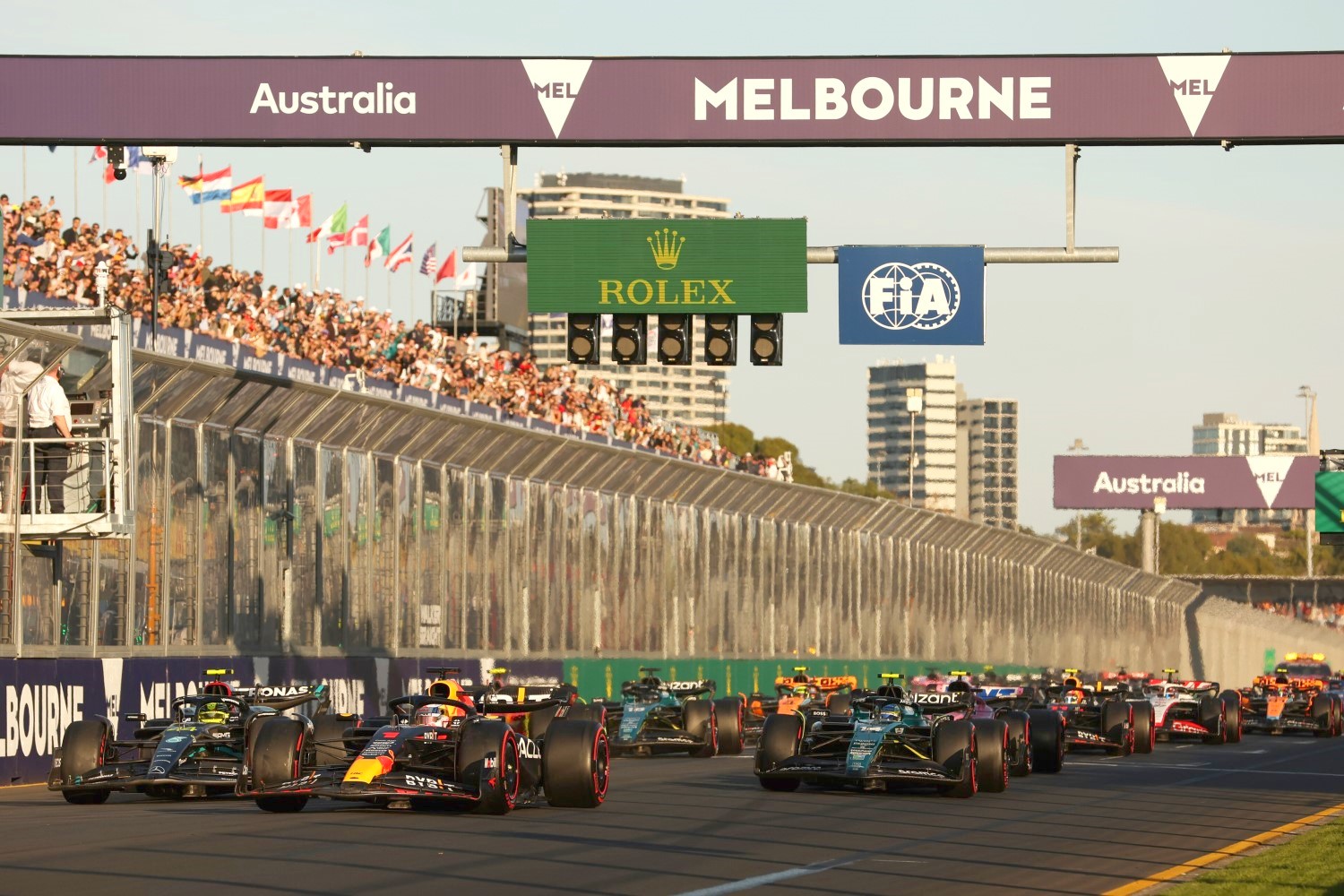F1: The Most Amazing Tech Trends For F1 in 2023
–by Mark Cipolloni–
At the 2023’s F1 launch season, all 10 teams have showcased their banging new rides, or at least their enhanced liveries, for the upcoming campaign. Despite all the rules and regulations, each team still managed to put their own spin on things.
So, below, we want to dive into what to expect from the new cars being revealed. We have already picked out the key technical trends and themes to look out for when new cars were unveiled.
Slow-Motion Replays with AI Tech
First, let’s talk about how cutting-edge AI tech is transforming replays in F1. This is huge news, like when btc poker hit the scene and opened up fresh possibilities for gamers looking beyond traditional options.
With this game-changing advancement, all cameras will be high-motion which means they could show footage obtained anywhere during race weekend including pitlane cameras and onboards.

Before this revolutionary move, we only had super slow-mo cams strategically placed around tracks for those epic Monaco Grand Prix moments where drivers are one inch away from brushing against barriers. But now, thanks to experimental AI tech during last year’s US Grand Prix, slow-mo plays are now accessible across every corner of each thrilling circuit.
Innovative Sidepod Design
As we head into the second year of ground effect regulations in F1, teams will be given ample opportunity throughout the season to perfect their racing machines while keeping a watchful eye on how other teams are doing across the board.
Looking ahead to 2023’s launch and shakedown images reveals some interesting developments among various teams who have been reconfiguring their radiator packaging. These changes allow more space at the front by relocating radiators around the shoulder area of sidepods.
New Helmet Cam
This year, F1 is taking the helmet cam to new heights, with more options for broadcasters. Unfortunately, though we can only see 6-8 drivers per race due to bandwidth limitations but stick around for some wicked onboard angles, too.
But the excitement doesn’t stop there. Gyroscope camera views are back showcasing circuit camber at Bahrain this weekend alongside pedal cams returning and potential cockpit foot & driver shots in future races.
Front Wing in F1 Aerodynamics
The front wing is a big deal when it comes to F1 cars. It’s the very first thing that air hits and affects everything downstream. Last year, Ferrari and Red Bull got creative with their front wings, unloading them as they went outboard to generate transverse flow underneath.

The key here is designing a front wing that can handle different types of tracks from low to high downforce circuits like Monza and Monaco or Hungary. It needs to be able to adjust itself along the trailing edge without messing up airflow structure.
AR Graphics
Last year, F1 shook things up by introducing AR graphical overlays on onboard camera footage. It was a hit, to say the least. So much so that they’ve decided to take it one step further this season and add these cool elements over helicopter shots of the car itself.
Dean Locke, F1’s director of broadcast and media, thinks this new advancement could come in handy for highlighting those exciting moments when drivers enter the pits with another hot on their tail. He explained that they could even incorporate a piece of elastic that displays the time ticking down between the two cars.
Enhanced Audio
Formula 1 was aiming to replicate the excitement of Netflix’s Drive to Survive series in its live show by improving the audio experience in 2023. They wanted to crank up the volume and bring us even closer to the action with some techy new tricks.
First off, they’re moving their microphones around. Some will now be positioned trackside so we can feel more of that crowd energy, while others will be installed on kerbside cameras to capture those sweet car sounds as they zoom by.
And speaking of car sounds – F1 is straight-up leveling up their sound mixing game, guaranteeing an adrenaline-pumping live broadcast that rivals all the best post-event recaps.
Revamped Graphics System
Sound plays a massive role in creating atmosphere during live shows so Formula 1 has made improvements such as turning trackside microphones towards crowds for capturing extra energy; adding microphones near kerbside cameras will amplify sound across fences providing bonus noise when watching cars zoom by.

They ditched those complicated graphics in favor of sleeker designs that give you all the deets (detailed info) about track alerts, top speeds, and whether DRS is popping off or not. Plus, they’re bringing in a new feature called the dilemma moment. Broadcasters will be hitting us with some tough questions to spark discussions and let fans get in on the action by voting.
The Bottom Line
In general, F1 embraces tech advancements, which should allow access to full onboard footage much quicker than before. In the past, some footage would only be available the Monday after the race, but now it should be available almost immediately.
The key part?
The whole F1 community is hyped about these changes and they’re teaming up to keep exploring new possibilities to take things even further.
